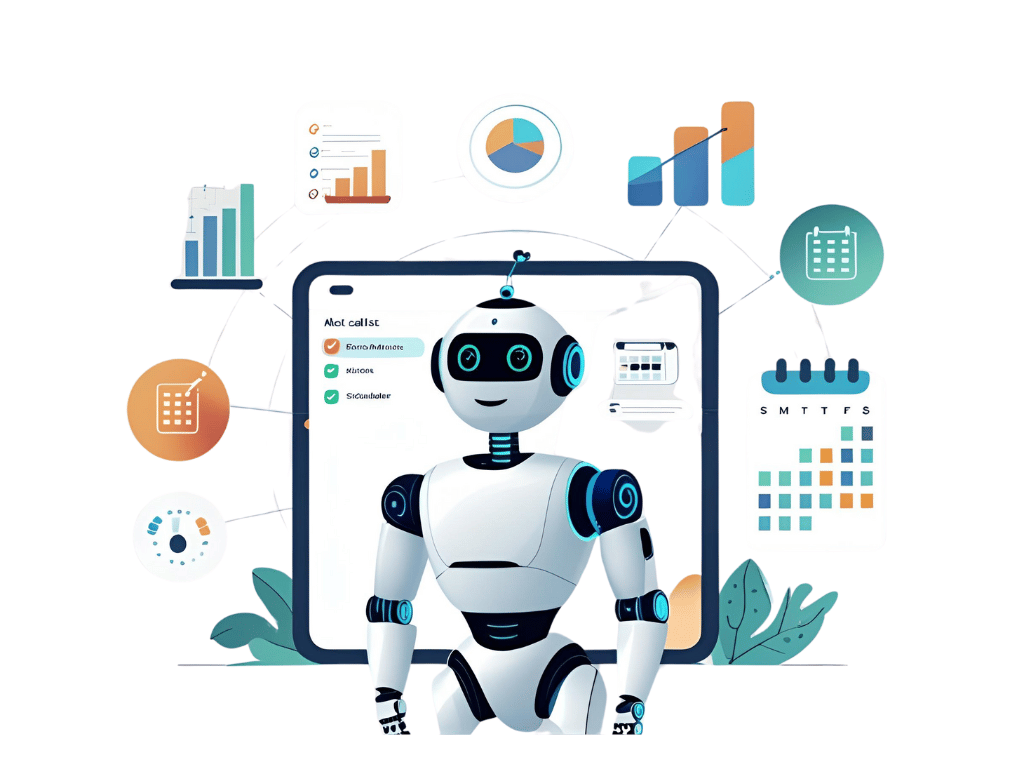- 11 min read

Your sales team is up to their ears in “hot” leads but somehow still missing demos. Marketing’s floating in a sea of content but can’t push consistent campaigns. Ops? Barely holding the duct tape together. So someone says, “Hey, what if we used AI?”
And then—BOOM—you’re suddenly running five tools that don’t talk to each other, feeding ChatGPT your client spreadsheet, and wondering if this whole automation thing is just a polite way of burning your business to the ground.
Sound familiar? You're not alone. And you're not wrong to ask: what’s keeping all this AI from turning into a security breach, a PR disaster, or a full-blown ops meltdown?
That’s where AI safety comes in. Not the sci-fi stuff. The real stuff. Let’s break it down.
AI safety is just making sure your AI systems do what they’re supposed to—without causing chaos. Think of it like quality control, ethics review, cybersecurity check, and baby-proofing all rolled into one.
When we talk about AI safety, we’re covering five big things:
It’s not about “sentient AI overlords.” It’s about not letting your content engine spew misinformation, or your lead bot send personalized emails to the wrong people. Again.
Here’s the thing: AI isn’t coming later. It’s here. In your business. Right now.
Whether you integrated it intentionally or by suggestion from your one Very Online team member, there’s a good chance AI is already involved in your:
According to the 2025 Stanford AI Index Report, reported AI-related incidents jumped 56.4% last year. We’re talking 233 real cases—including data breaches, system crashes, biased decisions, and misfires that tanked customer trust.
Meanwhile, 72% of businesses are already using AI but only two-thirds have any form of safety measures in place. Translation: a lot of brands are flying blind, and some are already getting burned.
This isn’t just theoretical risk. It’s operational risk. Legal risk. Brand risk.
Great question. The short version: it should happen before, during, and after you start using any AI.
If this feels like a lot—it’s because it is. But also? You don’t have to do it all at once. Start where your biggest exposure is.
If you’re a SaaS CEO, MSP marketing director, or law firm founder dabbling with AI—you’ve probably already run into issues like:
Each one erodes trust, costs real money, and creates busywork your team shouldn’t have to backpedal through.
Want your AI to supercharge your biz? Then it has to play nice with your systems, your standards, and your humans.
Here’s what we recommend:
And hey—if that all sounds like something you’d rather not DIY? That’s literally what we do. We build custom and semi-custom automation systems that are safe, ethical, and tightly integrated with your current stack—marketing, sales, social, and beyond.
You don’t need to become an AI safety expert—you just need a safety-first automation mindset. AI done right amplifies your business. AI done fast-and-loose adds false data, compliance risks, and another ops fire you’ll have to put out.
If you’re under 20 employees, moving fast, and looking to scale with AI—don’t risk shortcuts. Especially when the fixes are tangible, repeatable, and (honestly) not that complicated once we map them out.
Book a Workflow Optimization Session and let’s figure out what would actually save you time and protect your team in the process. You’ll walk away with clarity, a safety plan, and probably fewer browser tabs.
River Braun, founder of Timebender, is an AI consultant and systems strategist with over a decade of experience helping service-based businesses streamline operations, automate marketing, and scale sustainably. With a background in business law and digital marketing, River blends strategic insight with practical tools—empowering small teams and solopreneurs to reclaim their time and grow without burnout.
Schedule a Timebender Workflow Audit today and get a custom roadmap to run leaner, grow faster, and finally get your weekends back.
book your Workflow optimization session